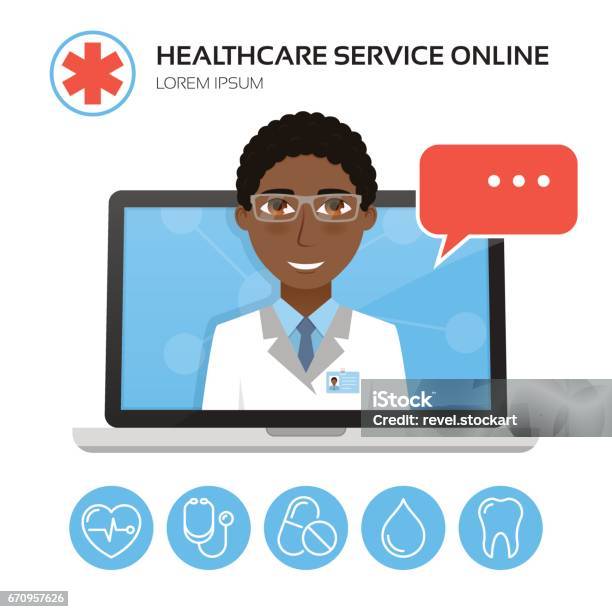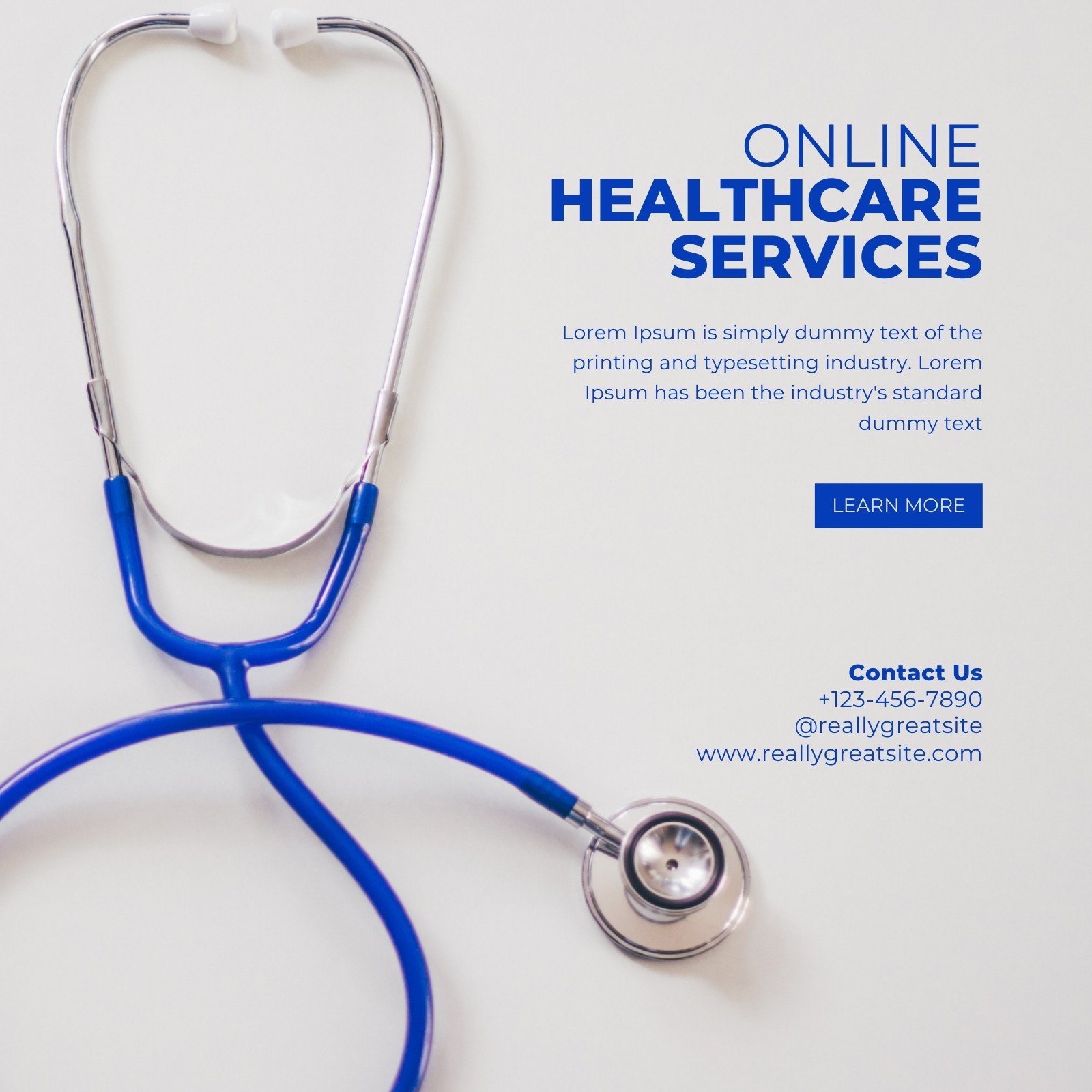Comprehending the Cost-Effectiveness of Subscription-Based Medical Care Models
As the healthcare landscape evolves, subscription-based models emerge as a compelling alternative, guaranteeing to redefine how individuals take care of clinical expenditures. Reviewing these models' cost-effectiveness requires a nuanced contrast with conventional insurance coverage, considering both monetary effects and patient contentment. While they offer openness and predictability in prices, inquiries remain regarding their capacity to satisfy diverse healthcare demands, specifically for specialized therapies. The point of views of doctor further complicate this formula, providing a diverse obstacle. What does the future hold for these versions, and can they really provide on their promise of accessible, inexpensive treatment?
Review of Subscription-Based Designs
Subscription-based health care designs, often referred to as straight health care or attendant medication, are significantly obtaining interest as a prospective service to inadequacies within traditional health care systems. These designs operate on the principle of offering individuals direct access to health care carriers via a yearly or monthly cost, bypassing the demand for standard insurance coverage mechanisms. This setup aims to streamline patient-provider communications by decreasing administrative concerns, which usually hinder prompt and tailored treatment.
At the core of subscription-based versions is the focus on an extra personalized patient experience. Individuals take advantage of boosted access to their medical professionals, commonly consisting of same-day or next-day consultations, extended examination times, and direct interaction channels such as phone or video calls. This design fosters an aggressive strategy to health care, where people and service providers can collaboratively concentrate on preventative treatment and persistent condition monitoring.

Expense Contrast With Typical Insurance Coverage

Among the key financial advantages of subscription models is openness in costs. Patients pay a predictable fee, which can simplify budgeting and economic preparation. Furthermore, these designs normally get rid of co-pays and deductibles for protected services, lowering out-of-pocket spending. Alternatively, traditional insurance may be more advantageous for individuals needing specialized treatment or expensive therapies not covered under a registration version, as they benefit from the more comprehensive protection network and cost-sharing mechanisms.
However, cost-effectiveness is context-dependent. While registration models might offer savings for those mainly requiring medical care, people with chronic conditions or specialized medical care requirements could find conventional insurance policy extra detailed. Evaluating certain healthcare demands and prospective usage is crucial in establishing the most cost-efficient alternative for people.
Influence on Individual Fulfillment
Individual satisfaction within subscription-based health care versions frequently mirrors a substantial enhancement over traditional insurance systems. This improvement is primarily credited to the personalized treatment and accessibility these designs supply. Clients often report greater complete satisfaction because of lowered delay times and the convenience of home scheduling consultations. Unlike typical systems, where clients may experience hold-ups in receiving care, subscription-based models ensure more direct and timely communications with doctor.
Additionally, the openness in costs connected with subscription-based medical care alleviates the typical aggravations associated with unforeseen fees and intricate billing processes seen in conventional insurance policy (subscription based healthcare). Clients value understanding the exact economic commitment upfront, leading to raised depend on and self-confidence in their medical care management
Additionally, the emphasis on precautionary treatment and wellness in registration versions adds to boosted health results, additionally improving individual fulfillment. By concentrating on ongoing health care as opposed to episodic treatment, patients experience an even more continuous and holistic healthcare trip.
Additionally, the improved provider-patient partnership fostered in these versions, defined by more time invested per client and customized focus, plays a crucial duty in elevating client satisfaction levels, as patients really feel genuinely cared for and recognized.
Supplier Perspectives and Experiences
From the supplier's viewpoint, subscription-based healthcare designs offer a transformative method to supplying clinical services. These models stress a preventative and positive medical care strategy, enabling providers to concentrate on thorough individual treatment without the restraints of standard fee-for-service arrangements (subscription based healthcare). This change in emphasis often results in improved person results and boosted service provider complete satisfaction, as health care experts can assign more time and resources to client engagement and personalized treatment strategies
In addition, registration versions help with predictable earnings streams, which boost economic stability for healthcare providers. This predictability allows for enhanced resource planning and allocation, adding to a more efficient healthcare distribution system. Carriers can purchase personnel technology, facilities, and training enhancements, therefore boosting the quality of care offered.
However, the shift to subscription-based models is not without difficulties. In spite of these hurdles, several carriers discover that the benefits of increased person interaction and streamlined operations exceed the initial obstacles, making subscription-based versions an attractive alternative.
Future Potential Customers and Obstacles

A key challenge is governing conformity, as membership designs should stick to advancing medical visit homepage care plans and insurance policy needs. This demands continual adaptation and development to ensure positioning with legal criteria. Additionally, integrating these versions right into existing health care facilities can be complicated, requiring significant financial investments in innovation and training.
There is additionally the prospective risk of producing injustices in health care access, as registration models may prefer those that can afford them, leaving vulnerable populations underserved. Resolving this needs thoughtful consideration of prices strategies and aid mechanisms to make sure inclusivity.
Conclusion
Subscription-based health care models provide a practical option to typical insurance policy by supplying monetary predictability and openness, specifically benefiting people with chronic conditions or frequent medical care demands. The cost-effectiveness of these versions is contingent upon individual medical care use patterns and conditions.
Subscription-based healthcare models, in some cases referred to as straight main care or attendant medication, are increasingly gaining attention as a prospective option to inefficiencies within traditional health care systems. Unlike typical systems, where individuals might experience hold-ups in receiving treatment, subscription-based models make certain more timely and direct communications with medical care carriers.
These models highlight a positive and preventative health care strategy, permitting companies to focus on extensive person treatment without the restraints of typical fee-for-service plans. As these designs continue to gain grip, they use the prospective to change individual access to care, streamline solution distribution, and optimize medical care spending.Subscription-based medical care versions provide a feasible option to conventional insurance coverage by offering monetary predictability and openness, especially profiting individuals with chronic problems or regular medical care needs.